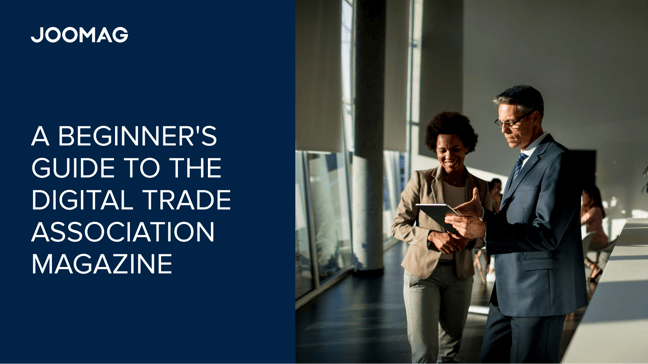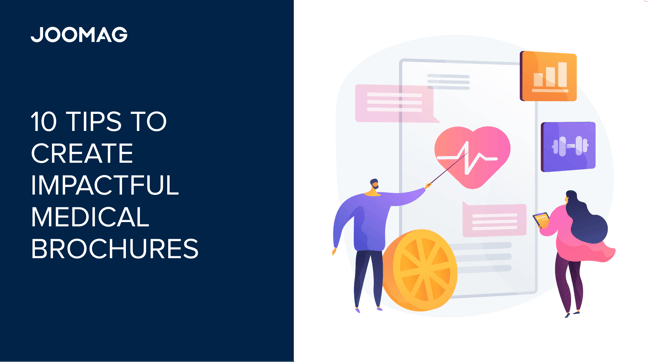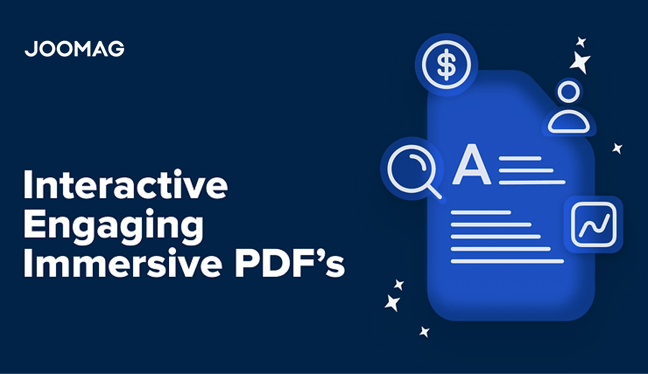 Self-publishing – it’s a viable distribution network and it’s one many publishers consider once their manuscripts are prepped and ready. In today's digital age, self-publishing has become increasingly popular as authors seek more control over their work and the ability to reach a wider audience without the constraints of traditional publishing. It offers a platform for aspiring writers to showcase their talent, share their stories, and connect with readers on their own terms. With the rise of online platforms and easily accessible tools, self-publishing has opened up a world of possibilities for authors to bring their work to life and make their mark in the literary world.
Self-publishing – it’s a viable distribution network and it’s one many publishers consider once their manuscripts are prepped and ready. In today's digital age, self-publishing has become increasingly popular as authors seek more control over their work and the ability to reach a wider audience without the constraints of traditional publishing. It offers a platform for aspiring writers to showcase their talent, share their stories, and connect with readers on their own terms. With the rise of online platforms and easily accessible tools, self-publishing has opened up a world of possibilities for authors to bring their work to life and make their mark in the literary world.Understanding Self-Publishing: The Basics
Self-publishing occurs when authors publish any media, digital or print, by themselves. Printing, marketing, distribution, scheduling—everything is handled exclusively by the author who also does the role of publisher. It’s a do-it-yourself, lone wolf approach that obviates the help of already established authors or companies (though there are exceptions, which we’ll discuss later).
Traditional publishing, on the other hand, typically involves hiring an agent who seeks a publisher on your behalf. Once found, the publisher offers you a contract to sign, purchases your manuscript, and then takes over editing, design, marketing, and most other aspects of production and distribution. Traditional and self-publishing are often juxtaposed today.
The Self-Publishing Process: From Manuscript to Market
To help you better evaluate your options and make an informed decision, we’ve put together this article which covers the pros and cons of self-publishing.
Advantages of Self-Publishing: Why Authors Choose the Independent Path
Complete control
Self-publishers always have the first and final say when it comes to their content. They’re intimately involved in every aspect including the creative, design, and selling processes. This empowering approach is why self-publishers are generally happier than their traditional counterparts, and corroborates the research on “locus of control” which links self-control and autonomy to happiness. Traditionally published authors have little to no control over cover art, pricing, marketing, and distribution after they sign a contract.
100% profit retention
It isn’t always the case, but self-publishers usually retain 100% of profits from sold copies. They pay the full amount of producing their work which involves distribution and marketing. In turn, all sold copies, copyrights, and profits are entirely theirs. There’s immediate pay, too, which means they aren’t required to wait for royalty payments when making direct sales off their content.
Less waiting games
Let’s face it– nobody likes waiting. Traditional publishers loathe the excruciatingly long time it can take publishers to get back to them regarding their manuscripts (upwards of 90 days). And that’s excluding the time it takes for literary agents and publishers to negotiate contracts. In many cases, it can take more than two years for a traditional publisher’s manuscript to officially published! Self-publishing, contrarily, can reduce that time by 75%.
Anyone can do it
There’s a tangible sense of excitement and potential associated with self-publishing. It can pave the way for countless authors to publish their content and get heard through their own effort and perseverance. That’s a beautiful thing if you think about it. Take Stephen King, JK Rowling, and EL James, for example. All are famous authors who self-published at some point in their remarkable writing careers.
Challenges of Self-Publishing: What Authors Need to Know
Recognition and exposure difficulties
We can’t understate how difficult it is to get a manuscript accepted by a publisher; any successful author can vouch for that. And some traditional publishers automatically gain credibility for their work because they’re associated with a major publishing house. Both of these factors steepen the uphill climb of entrepreneurial self-publishers looking to gain recognition on their own. Because anyone can self-publish, the content quality of many self-published works often suffers. So getting the attention of the media and/or any major publishing house can be very difficult (for traditional authors as well, though to a much lesser degree).
Becoming a jack of all trades
Serious self-publishers must bear the brunt of the work and master the skills required for editing, formatting, designing, and all other processes usually handled by publishers. Alternatively, they can hire some help, find people who possess these skills, and assemble a trusted party to copyedit their content. Doing so will take extra time, but self-pubs should weigh the option if they intend to match the quality of a big-name publishing house.
Fees
Self-published writers must pay upfront for publishing costs and there’s no guarantee they’ll recover that money within a reasonable time frame. Instead of getting paid, they pay other people to publish their manuscripts. There are exceptions, such as some online services that allow for free publishing, but additional services like cover design and editing cost money and are not cheap. Marketing expenses are another story. Traditional publishing houses can furnish their publishers with the money and resources necessary to market their content (via media coverage, bookstores, etc.). That’s not the case with self-pubs, who pay for these marketing and distribution services themselves.
Of course, a little help never hurt anyone either. Many publishers alternatively choose to outsource the work to third parties and self-publish with a company. They’re still considered self-publishers because they finance a majority of the publishing process. Realistically, not every author will want to handle or bother with the details of the publishing process.
Research is key when choosing a self-publishing service. Generally speaking, you’ll need one that adds cohesion to your final product and aligns with your publishing and marketing goals. Choose a self-publishing company you can rely on and work in tandem to achieve your objectives.
Making the Choice: Self-Publishing vs. Traditional Publishing
Factors to Consider When Choosing Your Publishing Path
1. If you’re vying for a spot on the New York Times best-seller list or some shelf space at a local Barnes & Noble, you’ll likely need the support of a traditional publisher.
2. If you’re looking to cast your net over a wide demographic and capture the widest possible readership, traditional may be the way to go.
3. If you’re willing to control your destiny, learn the ins and outs of successful publishing, and pay for everything, then self-publishing may be the route to take.
4. If you’re not an established author (aka not famous), self-publishing is the de facto choice. Why? Because it affords you the opportunity to build a community around your content at a relatively lower risk compared to traditional (budget-wise). And with so many self-publishing tools available today, the process has become a little easier.
There’s good news. This is not an either/or situation. Many authors have turned into hybrids, utilizing both publishing forms for different tasks. And because Joomag is a dynamic hybrid platform merging the finest aspects of both print and digital, we may be just what you’re looking for. You’re more than welcome to check us out, self-publish, or go with a publisher. The choice is and will always be yours!
Introducing Joomag: Your All-In-One Digital Publishing Platform for Self-Publishing
Discover Joomag — the all-in-one digital publishing platform that transforms how you create, publish, distribute, and analyze your content. With Joomag, you can cover the entire digital publishing lifecycle in one seamless suite. From crafting engaging content and delivering it across multiple platforms to enhancing the reader's experience with interactive elements. Joomag doesn't just stop at content delivery; it extends to collecting valuable data and providing insightful analytics, enabling you to make informed decisions and tailor your publications to meet your audience's needs better. Whether you're self-publishing or blending traditional and digital publishing methods, Joomag stands as a robust, user-friendly solution designed to empower publishers, marketers, and creators at every step of their digital publishing journey.
FAQ
1. Why Choose Self-Publishing?
Answer: Self-publishing offers complete creative control, faster publication, and the potential to retain 100% of the profits. It's ideal for authors seeking autonomy and a quick route to market.
2. What Are the Challenges?
Answer: Challenges include gaining exposure in a crowded market, mastering multiple skills or paying for professional services, and covering upfront costs without immediate returns.
3. How to Decide Between Self-Publishing and Traditional Publishing?
Answer: Consider your goals, desire for control, and willingness to handle marketing and distribution. Self-publishing suits those seeking full control and higher profits, while traditional publishing is beneficial for authors aiming for wide distribution and support in the publishing process.















